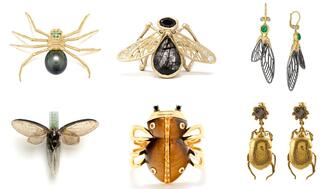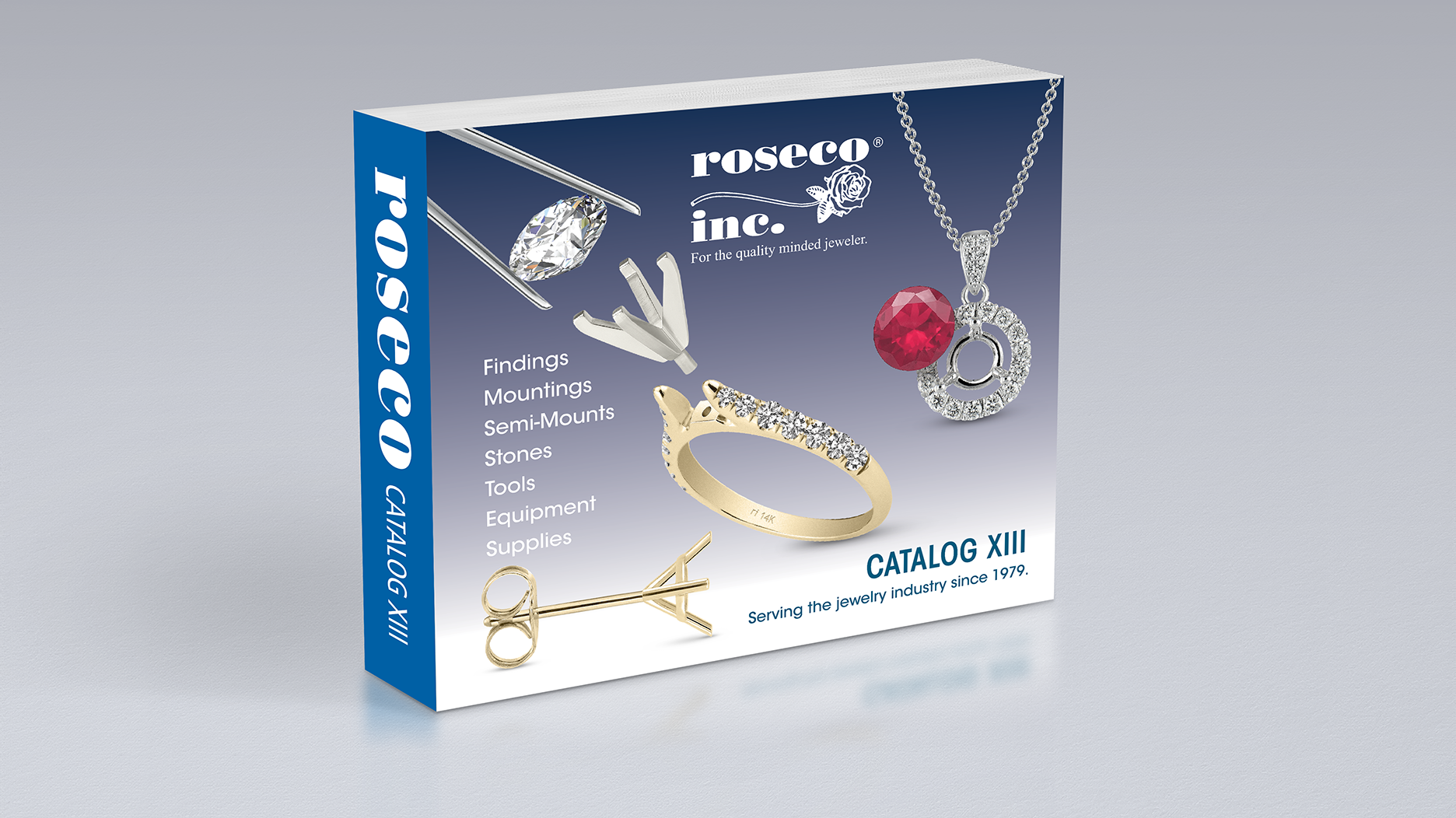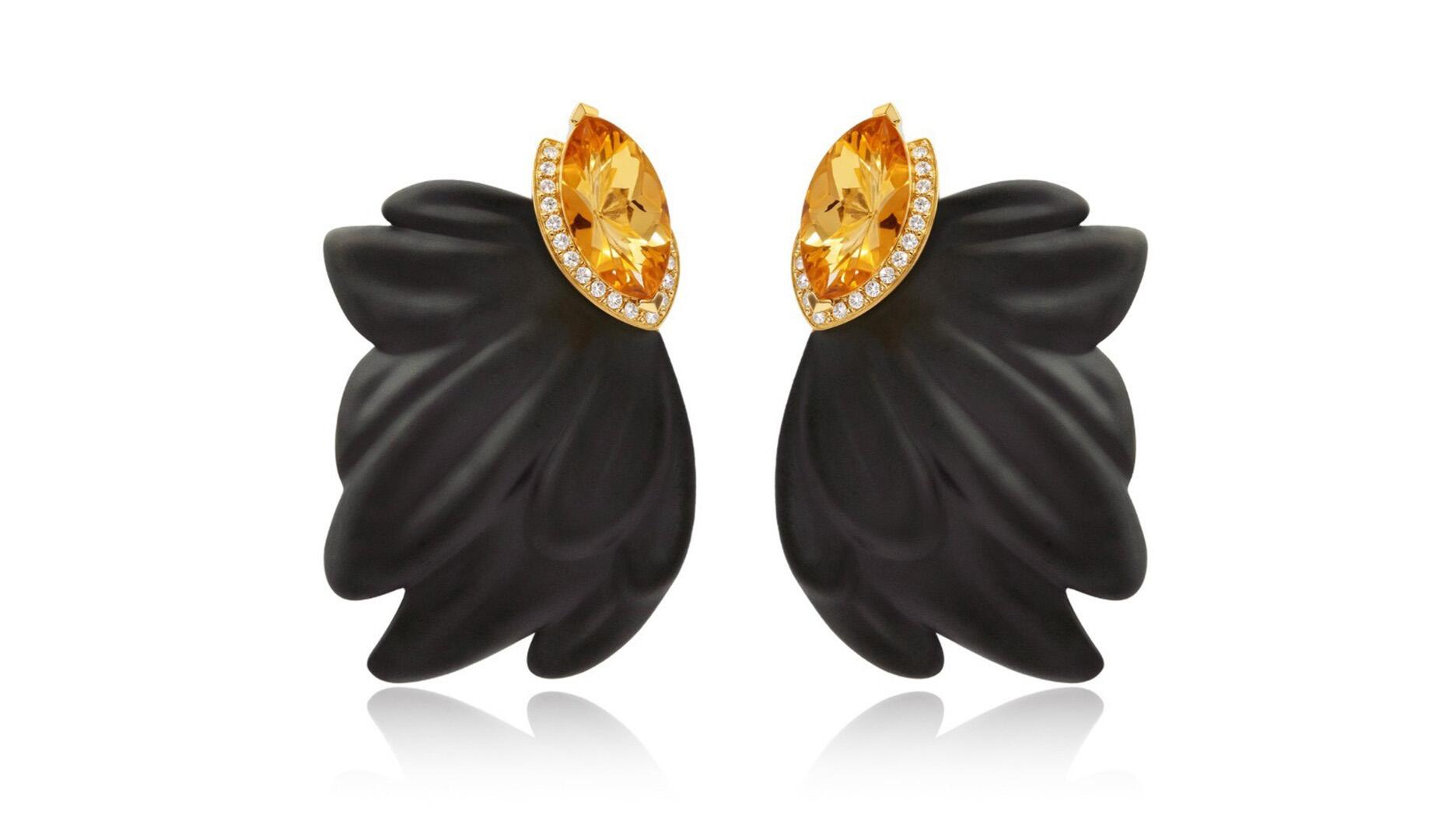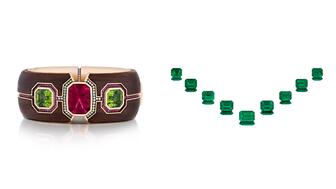Pink and purple stones were popular in the AGTA’s design competition this year, as were cameos and ocean themes.
5 Developments That Shaped the Colored Stone Sector in 2018
Senior Editor Brecken Branstrator reviews the top technology, activities and trends in colored gemstones this year.

This year was full of changes and progressions that shaped the sector.
Here are the five developments that, in my opinion, most affected the colored gemstone supply chain in 2018.
1. Focus on blockchain and tracing in colored stones continued to grow.
It’s really no surprise there was development in this area, given the importance of responsible sourcing in today’s market.
Earlier this year, Gübelin Gem Lab announced that it has partnered with Everledger to create a blockchain for colored gemstones, designed to engage all parties involved in the lifecycle of a gemstone and applicable to every stone.
The project comes as part of the lab’s Provenance Proof initiative, a long-term program designed to develop and provide technologies to the gemstone industry to make it more transparent. The initiative includes its “Emerald Paternity Test,” which involves applying DNA-based nanoparticles directly onto rough emerald crystals at mining sites to allow for origin determination up through the supply the chain.
Global rollout of the blockchain is slated to begin during the Tucson gem shows in February 2019.
Meanwhile, during the second World Emerald Symposium this fall, the Colombian Ministry of Mines and Energy unveiled a new project dubbed the “Mineral Digital Fingerprint” project, designed to help track minerals sourced in the country.
I can’t help but think that at the very least, these are moves in the right direction for the colored stone industry.
2. Fura turned up the heat in Colombia and Mozambique.
Led by a trio of ex-Gemfields executives, Fura Gems (formerly Fura Emeralds) has made quick work of building a team and acquiring mining sites.
Dev Shetty, the former COO of Gemfields, joined the company as president and CEO in January 2017 and hit the ground running.
In just two short years, the company has bought and built up two important gemstone projects.
In January of this year, Fura closed on the acquisition of the well-known Coscuez emerald mine located in Boyacá. The company bought the site with the goal of ramping up production and providing a more consistent supply of the material.
The site is now producing and Fura just released the results of a maiden mineral resources estimate, which predicts the mine could produce as much as 6 million carats in the next 30 years.
The company expects to be selling the material by early next year.
Fura also had a lot of activity in Mozambique.
The company bought ruby mining licenses in Montepuez in July and August, giving it what it says is the largest ruby mining concession in the country and some of the highest-quality ruby licenses available in Mozambique.
It also meant that Fura and Gemfields are now the only large-scale ruby miners operating in Montepuez.
It remains to be seen what affect this will have on Mozambican rubies and the ruby market overall as the country’s materials continue to play an even greater role in the gemstone sector.
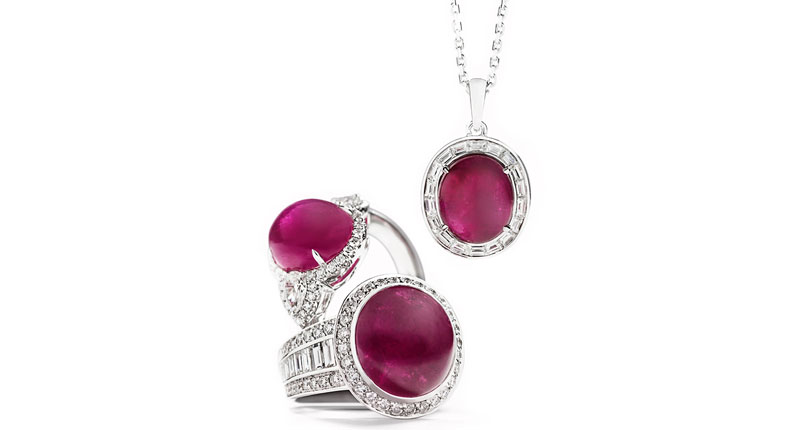
3. Greenland gems came fully online.
The supply chain for colored stones is constantly changing, and it’s always exciting to watch new sources develop and anticipate the effect they’ll have on the sector.
The government of Greenland found the right partner to mine its gems in Greenland Ruby. The company began production at Aappaluttoq, the country’s first corundum mine, last May and started looking for clients shortly thereafter.
Several designers have used the material in jewelry, including Erica Courtney and Victor Velyan, and this fall, the first full collection featuring Greenland rubies and pink sapphires launched at Danish retailer Hartmann’s Fine Jewellery.
The rubies and pink sapphires from Greenland not only come with an interesting story—sourced from a place with a striking landscape covered in ice—but also provide mine-to-market tracking of the gems, according to the miner. They also hit the market at a time when demand for rubies is stable and fancy color sapphires are hot.
Hartmann’s, for one, seemed to be excited about the Greenland gem collection.
Ulrik Hartmann told me there was a strong response before it was even released, and Greenland Ruby updated its social media just a month after the launch to report the Danish retailer had already sold out of its initial collection.
4. All eyes turned to Ethiopia.
Ethiopia was pulled back into the spotlight when emerald production began in 2016 at a new source located a little more than 300 miles south of the country’s capital, Addis Ababa, and it has remained there, for a few different reasons.
Though production at the new source started around August 2016 and there were, in fact, some Ethiopian emeralds at the 2017 Tucson gem shows, the effect of the new source and the excitement around it really hit during this year’s Tucson shows.
While a lot of the material emerging from Ethiopia has been commercial grade, there also has been some fine quality material, and I can speak from experience that it has a beautiful, vivid color.
The gems made quite an impact on the global emerald market.
Yet, Simon Watt of Mayer & Watt and GemWorld’s Stuart Robertson both told me recently that less material was available this year.
The country also made headlines in July, when Gemfields reported that a 300 to 500-person mob overran its mining operations there, forcing it to evacuate all employees.
Just a month later, Gemfields said its Ethiopian emerald exploration site had been looted, with the safe in the sort house ransacked and the emeralds in it stolen.
There’s a lot changing and evolving in the East African gem sector right now, and I’ll endeavor to make sure National Jeweler keeps up with what’s going on in Ethiopia in the coming year.
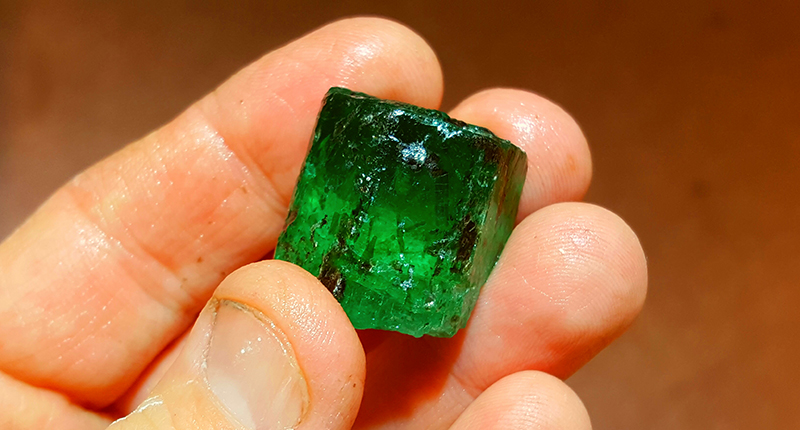
5. Source countries fought for more control.
A notable trend likely to affect the accessibility of gemstones to the trade involves the governments of source nations working toward greater control over their resources.
In fact, tighter regulations designed to keep value in country through jobs and other economic benefits are becoming more of a norm, Robertson said.
Take what’s happening in Tanzania, for instance. The country has instituted a ban on exporting rough in an effort to receive more benefits from the value of its gemstones.
The Tanzanian government has called it a success, collecting much more in export revenues since enacting the measures.
On the flip side is the effect on the local miners and foreign buyers, since the country isn’t set up to cut the amount of gems being produced; miners struggle to sell their materials and foreign buyers are no longer able to buy rough and export it themselves.
This is a common theme in several of the countries where the governments are considering making similar moves, according to Robertson: a lack of infrastructure to support in-country processing and cutting.
But it’s something the trade will have to address because it appears this is movement is here to stay.
The Latest

All proceeds from the G. St x Jewel Boxing raffle will go to City Harvest, which works to end hunger in New York City.

Courtney Cornell is part of the third generation to lead the Rochester, New York-based jeweler.

From educational programs, advocacy, and recent MJSA affiliation, Jewelers of America drives progress that elevates businesses of all sizes.

De Beers also announced more changes in its upper ranks ahead of parent company Anglo American’s pending sale of the company.


Former Signet CEO Mark Light will remain president of Shinola until a replacement for Ulrich Wohn is found.

Kindred Lubeck of Artifex has three rings she designed with Anup Jogani in Sotheby’s upcoming Gem Drop sale.

The company focused on marketing in the third quarter and introduced two new charm collections, “Pandora Talisman” and “Pandora Minis.”

The jewelry retailer raised its full-year guidance, with CFO Jeff Kuo describing the company as “very well positioned” for the holidays.

Ahead of the hearing, two industry organizations co-signed an amicus brief urging the court to declare Trump’s tariffs unlawful.

Stuller COO Belit Myers will take on the additional role of president, with all changes effective at the start of 2026.

Smith cautions retailers against expending too much energy on things they can’t control, like the rising price of gold.
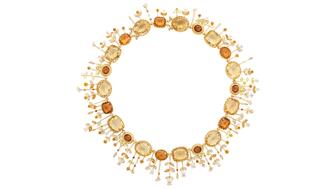
Citrine and topaz are birthstones fit for fall as the leaves change color and the holiday season approaches.

The family-owned jeweler will open its fourth store in Florida in late 2027.

The NYPD is looking for three men who stole a safe and jewelry valued at $3.2 million from the home of a jeweler in Jamaica Hills, Queens.

The trade organization also announced its executive committee and five new directors.

The “Have a Heart x Diamonds Do Good” collection is championed by model and humanitarian Flaviana Matata and will benefit her foundation.
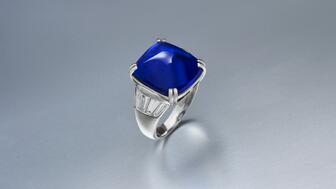
The ring, set with a nearly 17-carat Kashmir cabochon sapphire, sold for $1 million.

This “Mother Father” spinner necklace from Heavenly Vices Fine Jewelry draws inspiration from Victorian Era jewelry.
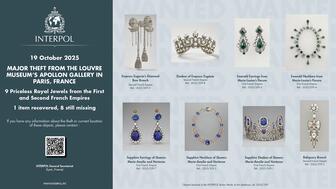
The suspects were rounded up in Paris and its suburbs on Wednesday night, but none of the stolen jewels were recovered with them.

Experts share top tips on how to encourage positive reviews and handle negative feedback.

Sponsored by the Gemological Institute of America

The suspect faces charges in the August robbery of Menashe & Sons Jewelers and is accused of committing smash and grabs at two pawn shops.

The “Lumière Fine” collection was born from designer Alison Chemla’s interest in the transformative power of light.
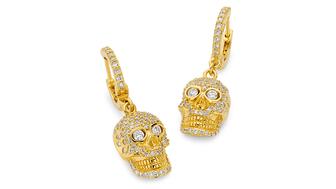
Show off your spooky side with these 12 festive jewels.

The “Brilliant & Beyond” panel coincides with the “Love & Marriage” exhibition curated by Davis Jewelers in Louisville, Kentucky.




